First thing I want to say is that Zion was one of my favorite spots on this last trip out west. There is a reason this place is often thought of as nature’s cathedral. You truly feel as though you have died and gone to heaven while there. Every vista is majestic and spiritually uplifting. Anyone who knows me knows that I am of agnostic belief. I believe there is a god, but I do not believe that a book, or any one religion can explain it. That is all I want to say about that. I will say this though, if there is a place on earth that allows you to see into the mind of god, it would be Zion. And with that said, this post will be one of my shortest. Why, you may ask? Well, I was so in awe of my surroundings that I actually forgot what I was there for, taking photographs. Here is a little history on Zion before we get started.
Via Wikipedia: Zion National Park is located in the Southwestern United States, near Springdale, Utah. A prominent feature of the 229-square-mile park is Zion Canyon, which is 15 miles long and up to half a mile deep, cut through the reddish and tan-colored Navajo Sandstone by the North Fork of the Virgin River. The lowest elevation is 3,666 ft at Coalpits Wash and the highest elevation is 8,726 ft at Horse Ranch Mountain. Located at the junction of the Colorado Plateau, Great Basin, and Mojave Desert regions, the park’s unique geography and variety of life zones allow for unusual plant and animal diversity. Numerous plant species as well as 289 species of birds, 75 mammals (including 19 species of bat), and 32 reptiles inhabit the park’s four life zones: desert, riparian, woodland, and coniferous forest. Zion National Park includes mountains, canyons, buttes, mesas, monoliths, rivers, slot canyons, and natural arches.
Human habitation of the area started about 8,000 years ago with small family groups of Native Americans; the semi-nomadic Basketmaker Anasazi stem from one of these groups. In turn, the Virgin Anasazi culture developed as the Basketmakers settled in permanent communities. A different group, the Parowan Fremont, lived in the area as well. Both groups moved away by 1300 and were replaced by the Parrusits and several other Southern Paiute subtribes. Mormons came into the area in 1858 and settled there in the early 1860s. In 1909, U.S. President William Howard Taft named the area a National Monument to protect the canyon, under the name of Mukuntuweap National Monument. In 1918, however, the acting director of the newly created National Park Service changed the park’s name to Zion. According to historian Hal Rothman, “The name change played to a prevalent bias of the time. Many believed that Spanish and Indian names would deter visitors who, if they could not pronounce the name of a place, might not bother to visit it. The new name, Zion, had greater appeal to an ethnocentric audience.” The United States Congress established the monument as a National Park on November 19, 1919. The Kolob section was proclaimed a separate Zion National Monument in 1937, but was incorporated into the park in 1956.
The geology of the Zion and Kolob canyons area includes 9 formations that together represent 150 million years of mostly Mesozoic-aged sedimentation. At various periods in that time warm, shallow seas, streams, ponds and lakes, vast deserts, and dry near-shore environments covered the area. Uplift associated with the creation of the Colorado Plateaus lifted the region 10,000 feet starting 13 million years ago.
One of the greatest things about Zion is the tram system that the parks association has in place there. Basically, wherever you park, either in Zion or in a neighboring town, you can hop a bus right into the park. Those buses also takes you to key trail heads throughout the park while providing piped in informational audio during the ride. It is a very easy to learn and understand system for the first time visitor. The drive into the park is pretty spectacular. We got up at 5 a.m. and drove to the park from our home-base in Kanab, just about a 60 minute drive away. The first thing you notice when approaching the park is that the roads, are red.

The red roads are colored with cinders or chips from local rock fall and are a signature feature of the park. Since it was so early in the morning, the clouds from the previous days storms were still hanging low in the canyon. Our first traffic stop due to one way traffic in the Zion-Mount Carmel Tunnel. The 1920’s built tunnel is subject to 1-way traffic when over-sized vehicles must pass through it. Over-sized vehicles must obtain a special permit. Any vehicle that is over 11’4″ tall and/or over 7’10” wide is considered over-sized. You can imagine the jams this causes on busy days such as the day we visited. We decided instead of waiting in the car, we would pull over, explore and get some shots of the clouds hanging in the canyon.
The tunnel is only lit naturally so no shots from inside. Here is a shot as we are leaving though.
Only a few switch-backs down the mountain and I have to pull over to shoot and one of the first things I realize is that today, would be a panorama day.
The very first thing you notice when exiting the tunnel is that you are now no longer on what you perceived to be a plateau. You are actually a canyon rim and while you are up very high and can see this giant drop off to your side, you are also surrounded by enormous amphitheaters and canyon walls on all sides. It truly takes your breath away.
We stop at several parking areas but all are full. We are forced to drive all the way through the park and to Springdale to find a spot, which was actually a good thing. It gave us an overview of the park that we otherwise may have missed. Roughly 2.5 hours after we arrive, we finally find a spot to park. We are able to hop a tram not 20ft from where we parked and head off to the first stop, a small trail that lead to a waterfall/dam on the Virgin River. The park had just suffered a 3 day downpour so the Virgin was muddy and high.
Here is a shot of the East Temple, shrouded in low clouds.
All along the river, life is teeming. This little guy was shy at first but then showed up for the shoot.
Here is another little guy that isn’t so little, and he looks like he recently has a grown a new tail. I think we saw more lizards in Zion that any other place in Utah.
It’s a short hike back to the tram stop and then it’s off to our longest hike of the day to the Emerald Pools trails at the foot of the Court of the Patriarchs, seen in this shot.
The long hike is not strenuous on this first leg to the lower emerald pool. The trail is narrow though, and quite busy. About 3/4ths of the way to the pool there is a small stop that looks as though there used to be another viewing area. I make the short climb to check out the unique rock formation.
Another 1/4 mile and we arrive at the first pool. This area was packed with photographers all budging and jockeying for position on this tiny overhanging waterfall. Nothing but a small trickle there on this day, which after all the rain is surprising.
This was probably my most challenging shot of the day. How to capture just the scene around roughly 75 other photographers and hikers. Careful positioning and timing was needed as well as standing in 3 inches of thick red mud. This fall must be spectacular when the flow is higher. There were other obstacles such as a huge dynamic range of light, high winds, and spraying water. Overall, considering the conditions, I am pretty happy with the shot.
The hike back was refreshing and leisurely. Here is a shot of Angels Landing from one of the stops a long the way.
We make our way to the end of the trail where there is a small foot bridge that crosses the Virgin River. We notice that there are horses here and stop to say hello.
Back in the day, horses and mules were the primary vehicle here in the canyon. Mules were especially prized for sure-footed and having a willingness to follow each other along the trails. Everyone knows of the mule rides at the Grand Canyon and that same company offers them here in Zion. When I was a child my family owned a farm and raised horses. And though it has been many years since I have ridden I often miss it. After feeding the horses a couple of carrots and being won over by them, we decide to inquire about taking a ride. We talk with the nice folks at the corral and they actually have an opening on the next ride. Generally, canyon rides are booked many months, sometimes up to a year in advance. This is our lucky day! As usual we are short on time so we opt for the one hour ride. We are assigned a mule and saddle up. One lone cowboy leads the pack of eight horses up the canyon with our first obstacle out of the gate being a high river cross. This serves a few purposes but mainly to clean the mules hooves and cool them off.
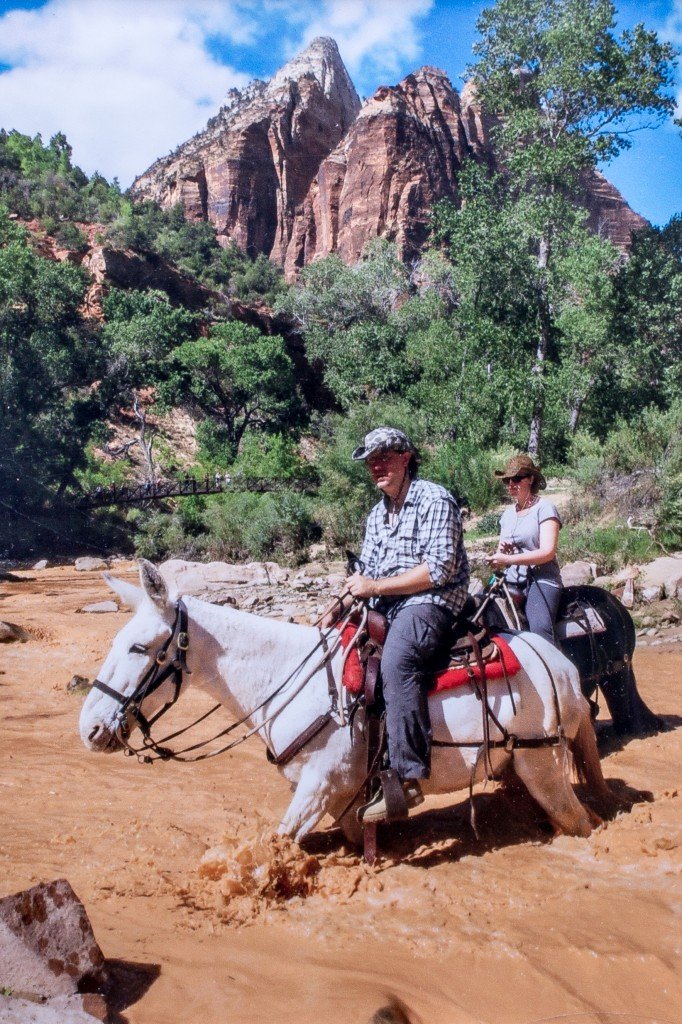
As you can see, I was slightly surprised to see a photographer poised on the riverbank taking MY photo! There are many reasons why I stay on the other side of the camera, this is one of them. 🙂 All along the way, our guide is extremely kind, funny, and informative. The views along the ride are spectacular of course.
The ride takes us out into the canyon for about 30 minutes makes a turnaround and then heads back. Which is probably a good thing, because at the end of the ride it was clear I had not been in the saddle in about 30 years, my thighs and butt were feeling it! The ride for two was $160 and we gave our guide a $20 tip. Which, seems like a lot of money, but let me tell you, the ride was the best part of my whole trip. It was truly worth every penny! After our exhilarating ride we head back to the Zion lodge for a quick bite to eat. As with everywhere here, the view at the lodge is beautiful.
After a nice light lunch among the canyon walls we hop the tram and head off to Weeping Rock and the Hanging Gardens. Instead of just going directly to the trail head we decide to head to the next stop past Weeping Rock and get a glimpse of Angels Landing from the other side along with The Great White Throne, seen on the right side of this panoramic shot.
The sun is going down and it is time to catch the tram and head back to Weeping Rock, our final tram destination for the day. It is a quick 2 minute ride there with a stop at what first appears to be a fairly flat and simple trail. As we soon discover, this will be one of the more vigorous climbs of the day. I don’t mind hiking but we had already been on the move for 6 hours. Way to go US for leaving the hardest for last. Just so you know, this is not the hardest hike in the park by any means. It is also not the easiest. We finally make it to the top, 60 pound camera bag and all. The feature here is a mammoth overhang where water seeps down through the sandstone and hanging gardens grow from the lip of the rock face. It is very wet up here and you have to shoot through a constant shower of water.
The weeping wall was beautiful and awe-inspiring, but the view down the valley, phenomenal. As the sun set, beams cast across the valley and the whole scene just reminded me of something out of “The Land of the Lost”.
I could just imagine the dinosaurs roaming these canyons and pterodactyls soaring over head. It was so amazing I decided to break out the infrared camera and take a panorama with that as well.
We make our way back down to the base of the canyon. Here is another couple infrared shots from the Weeping Wall trail head entrance.
With the sun set we make our long tram ride back to the car. As we drive out of the park and back through the Zion-Mount Carmel tunnel I make the suggestion that we park and set up the camera for some night/star shots. I had heard that the skies get very dark here because of no interfering ambient light and that the milky way is easily visible with the naked eye. Here is a twilight shot while we wait for the big show!
Not to be disappointed, roughly an hour and 35 bats flying around later, the great Milky Way makes its appearance.
The sky was jaw-dropping. The milky way stretched from one side of the canyon all the way over to the other. Here is a shot from the other direction. Both the previous and this photo were taken with a Sigma 10-20mm lens at f/4.0 for an exposure of 30 seconds.
Wow, this day flew by so fast! Out of all of the places I visited in 2012, this was the peak for me. If you make it out to Utah, do NOT miss Zion National Park. You will be sorry if you do!
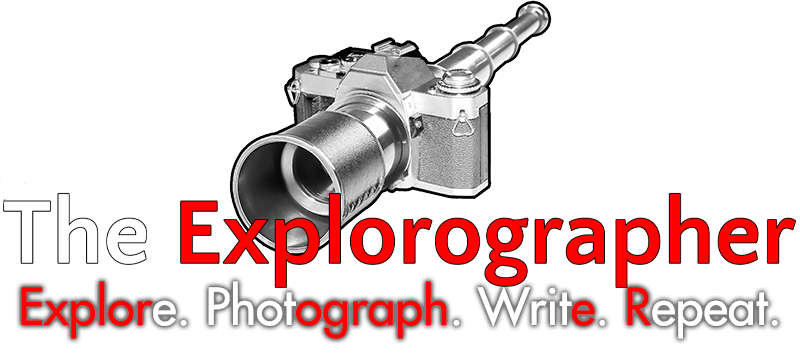


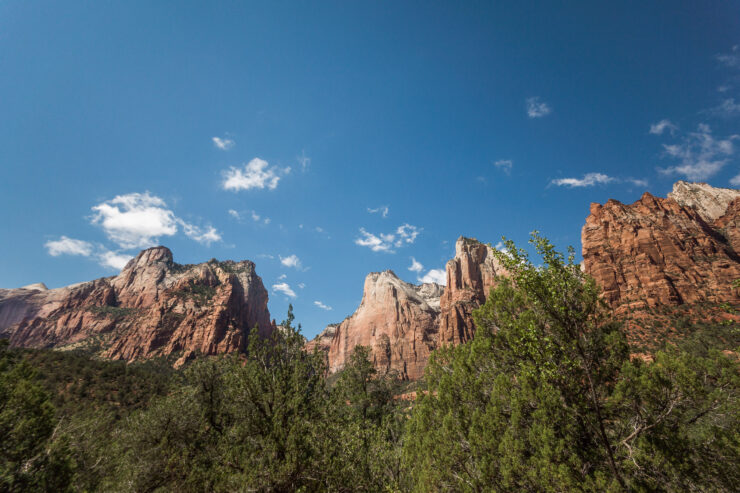
































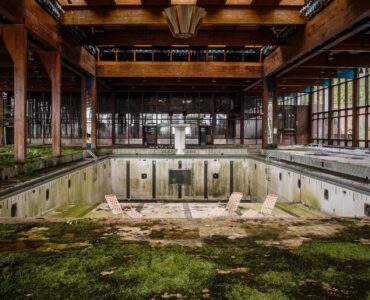
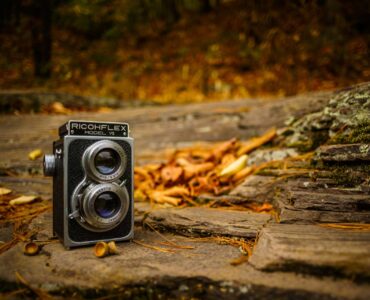
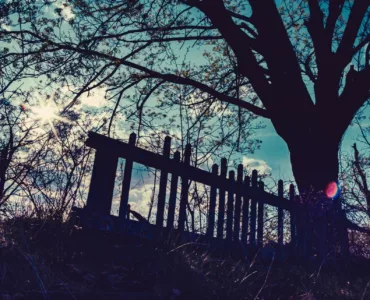
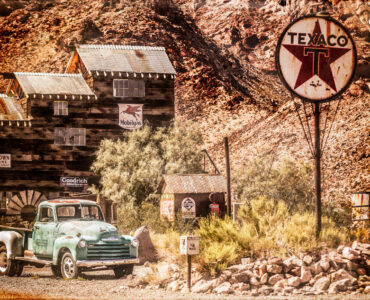
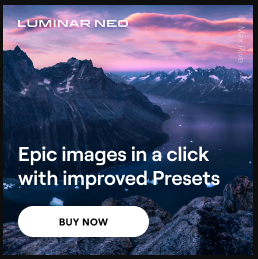
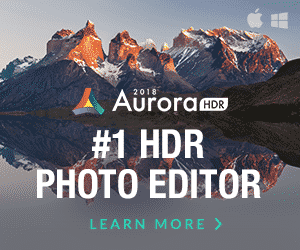
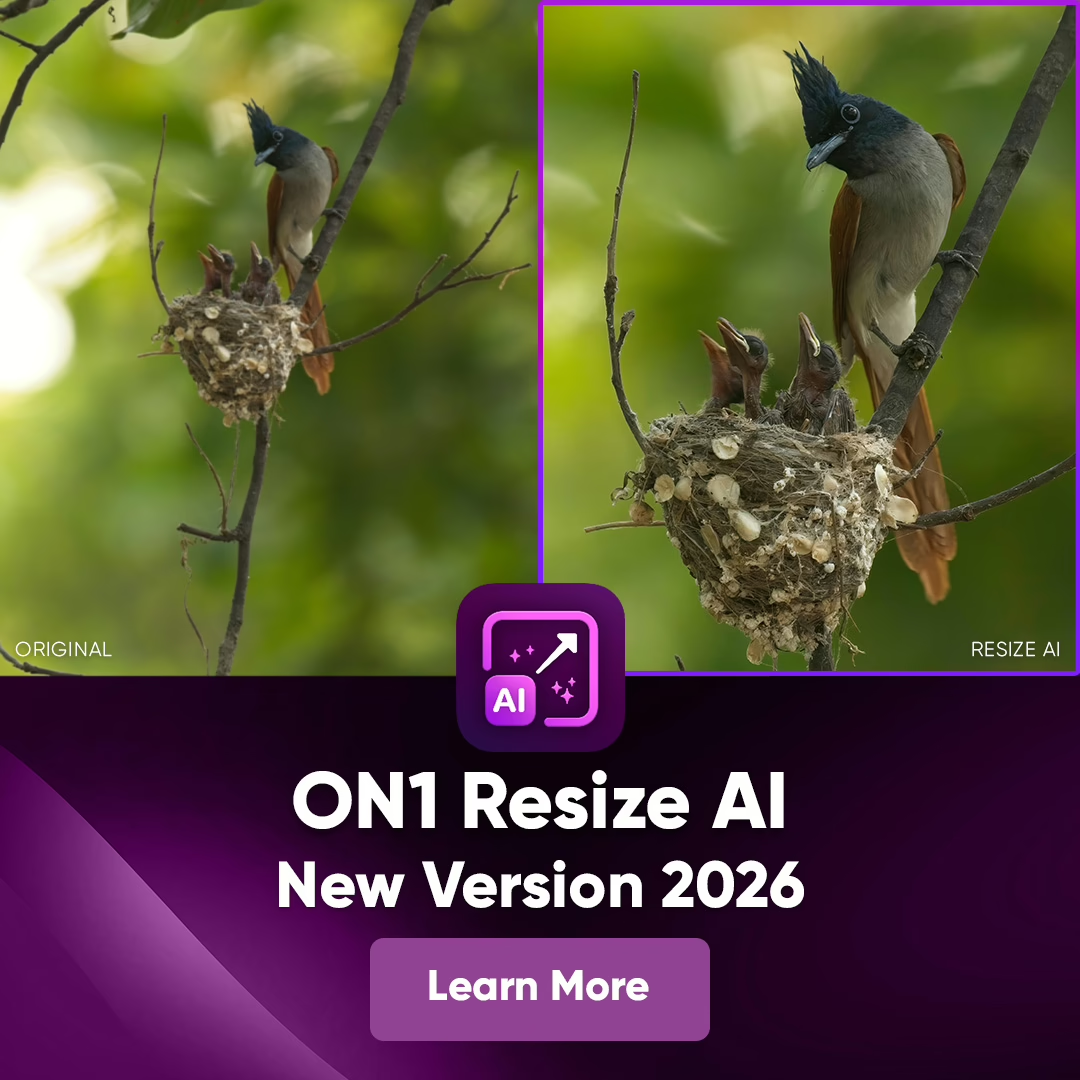


A truly lovely set in your running series, A.D.! These are all terrific, and I love the way you paint a story with your words to add a whole layer of interest to the already compelling photos!